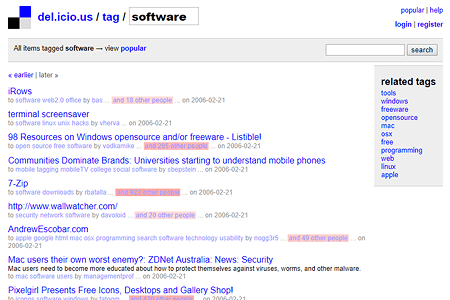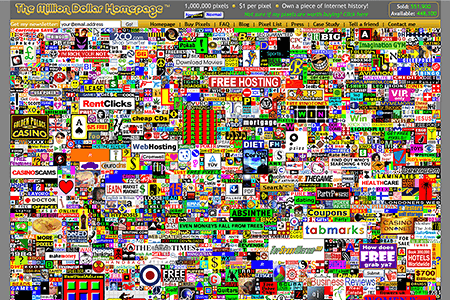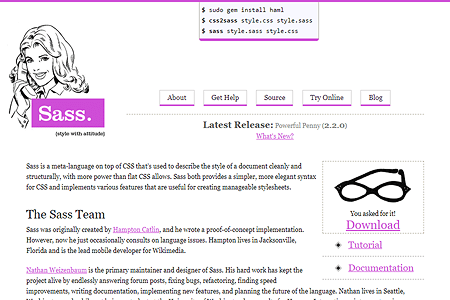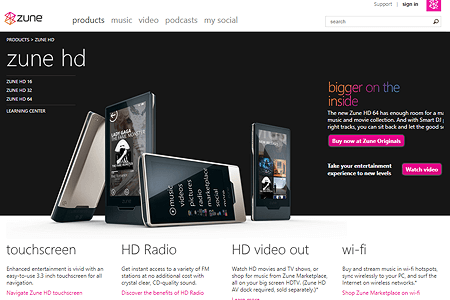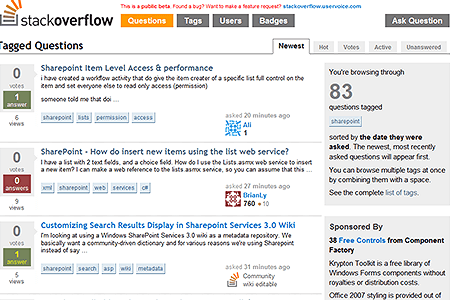2003 May 8th
CSS Zen Garden
The Canadian web designer Dave Shea launched a community gallery of websites called CSS Zen Garden. The project offered a simple HTML template to be downloaded, the graphic design of which could be customized by any web designer, but only with the help of cascading styles and one’s own pictures.
The goal of the project was to demonstrate the various possibilities of CSS in creating visual web design. The CSS Zen Garden gallery exhibited hundreds of examples of diverse web design, all based on a single template containing the same HTML code.





